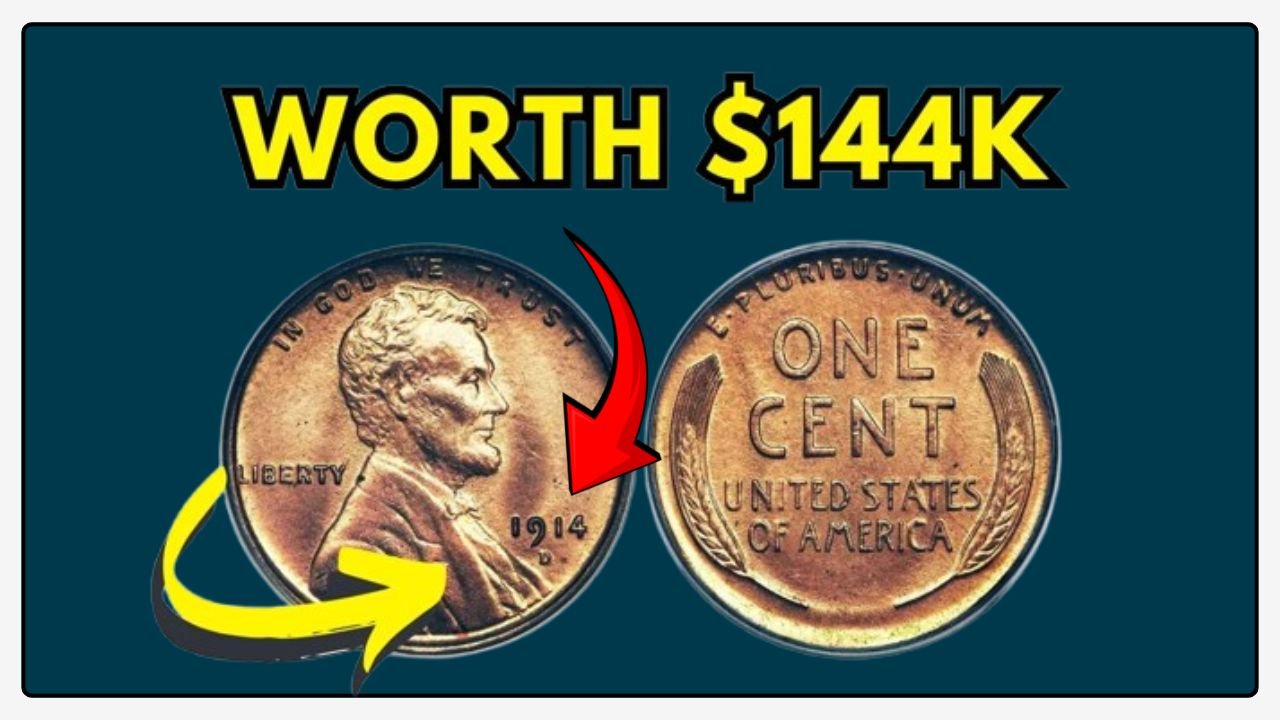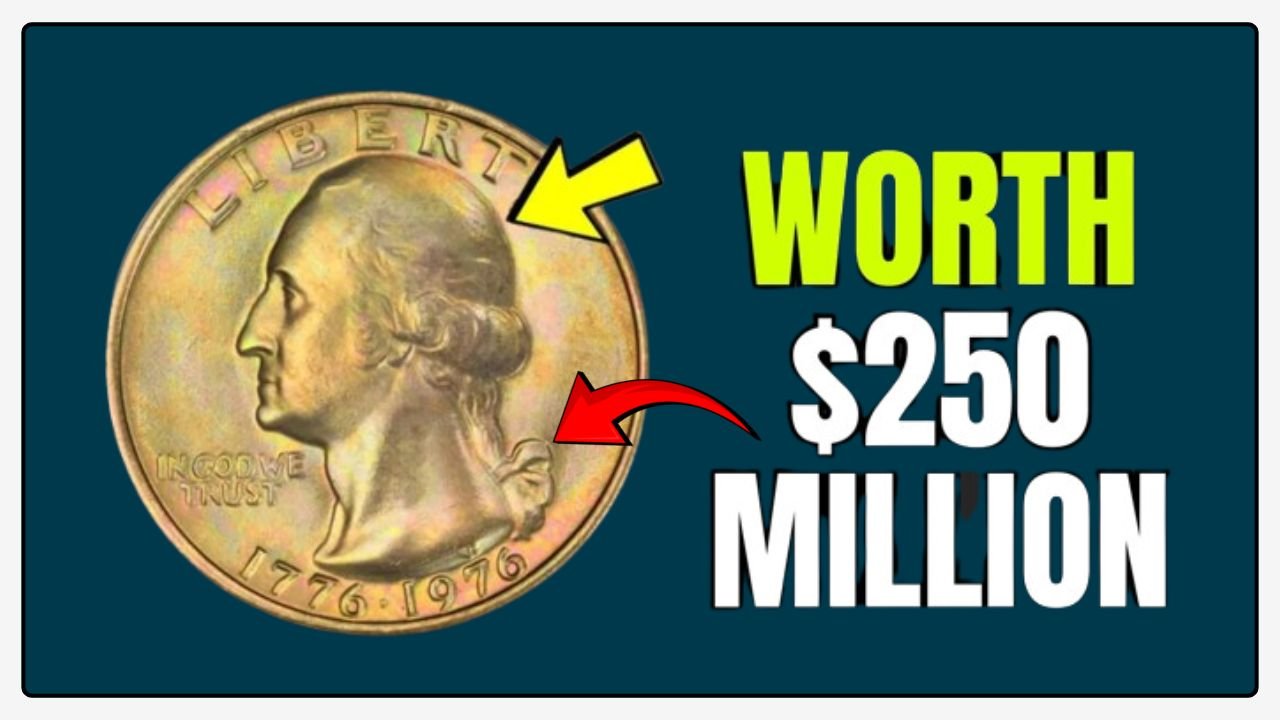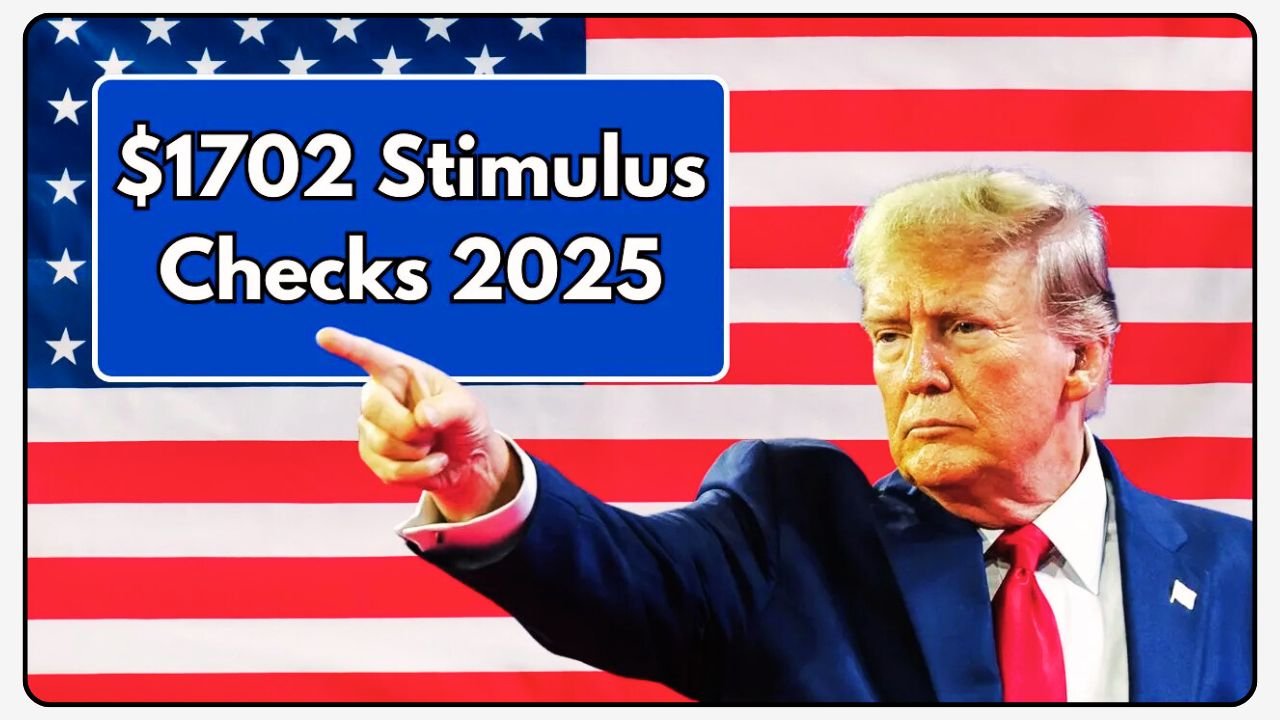Lincoln Wheat Penny: Imagine paying for a coffee and handing over a penny that’s worth $144,000! The Lincoln Wheat Penny, a simple one-cent coin minted from 1909 to 1958, has some rare versions that can fetch jaw-dropping prices at auctions. One such penny, the 1943 bronze Lincoln Wheat Penny, has collectors buzzing with excitement. Could this tiny treasure still be hiding in your pocket, a piggy bank, or a dusty coin jar? Let’s dive into the fascinating world of this iconic coin and find out if it’s still out there.
A Coin with a Rich History
The Lincoln Wheat Penny was first made in 1909 to celebrate Abraham Lincoln’s 100th birthday. It was a big deal because it was the first U.S. coin to show a real person instead of symbols like Lady Liberty.
Designed by Victor David Brenner, the coin has Lincoln’s face on one side and two wheat stalks on the other, giving it the name “Wheat Penny.” Over the years, billions were minted, but a few rare ones stand out due to minting errors or low production numbers.
Why Is the 1943 Penny So Special?
During World War II, the U.S. Mint switched to making pennies out of steel to save copper for the war effort. But in 1943, a tiny mistake happened: (Lincoln Wheat Penny) a few pennies were accidentally struck in bronze instead of steel. Experts think fewer than 30 of these bronze pennies exist today, making them super rare. One sold for $144,000 at an auction, and some have even gone for over $1 million! The 1943 bronze penny is the holy grail for collectors.
Are These Pennies Still Out There?
Believe it or not, some of these valuable pennies might still be in circulation! Stories of lucky finds keep the dream alive. For example, in 2019, a Michigan man found a 1943 bronze penny in his childhood coin collection. Another was discovered in a bank coin roll. While it’s rare to stumble across one in everyday change, people have found them in old jars, inherited collections, or even couch cushions. The idea that a life-changing coin could be hiding in plain sight makes checking your change exciting.
How to Spot a Valuable Wheat Penny
Finding a rare Lincoln Wheat Penny takes a sharp eye. Here’s what to look for: (Lincoln Wheat Penny)
- Year: Check for 1943 (bronze, not steel), 1909-S VDB, 1914-D, or 1955 double die pennies.
- Material: Use a magnet. Steel pennies stick; bronze ones don’t.
- Mint Mark: Look for “D” (Denver) or “S” (San Francisco) under the year. These can be more valuable.
- Condition: Shiny, unworn coins are worth more. Don’t clean them, as it lowers their value.
- Errors: The 1955 double die has doubled text, like “LIBERTY” or the year.
If you think you’ve found a rare penny, take it to a professional coin dealer or a grading service like PCGS or NGC to confirm its value.
| Key Wheat Penny | Why It’s Valuable | Estimated Value |
|---|---|---|
| 1943 Bronze | Minting error (bronze instead of steel) | Up to $144,000+ |
| 1909-S VDB | Low mintage, designer’s initials | Up to $100,000+ |
| 1955 Double Die | Noticeable doubled text | Up to $50,000+ |
Tips to Start Your Treasure Hunt
Ready to check your change? Start with loose coins in your wallet, piggy banks, or old coin collections. Use a magnifying glass to inspect the year, mint mark, and any errors. Avoid cleaning coins, as it can ruin their value. (Lincoln Wheat Penny) If you’re unsure, apps like CoinScope can help scan for rarities, but a professional appraisal is best for valuable finds. Coin shows or local dealers are great places to learn more and connect with collectors.
A Piece of American History
The Lincoln Wheat Penny is more than just money—it’s a snapshot of America’s past. From the Great Depression to World War II, these coins were part of daily life for millions. Even if you don’t find a $144,000 penny, each one tells a story. Recent buzz on platforms like X has hyped up their value, with some posts claiming pennies worth millions, though these are often exaggerated. Still, the thrill of the hunt keeps collectors and everyday folks searching. So, next time you get change, take a closer look—you might just find a treasure


